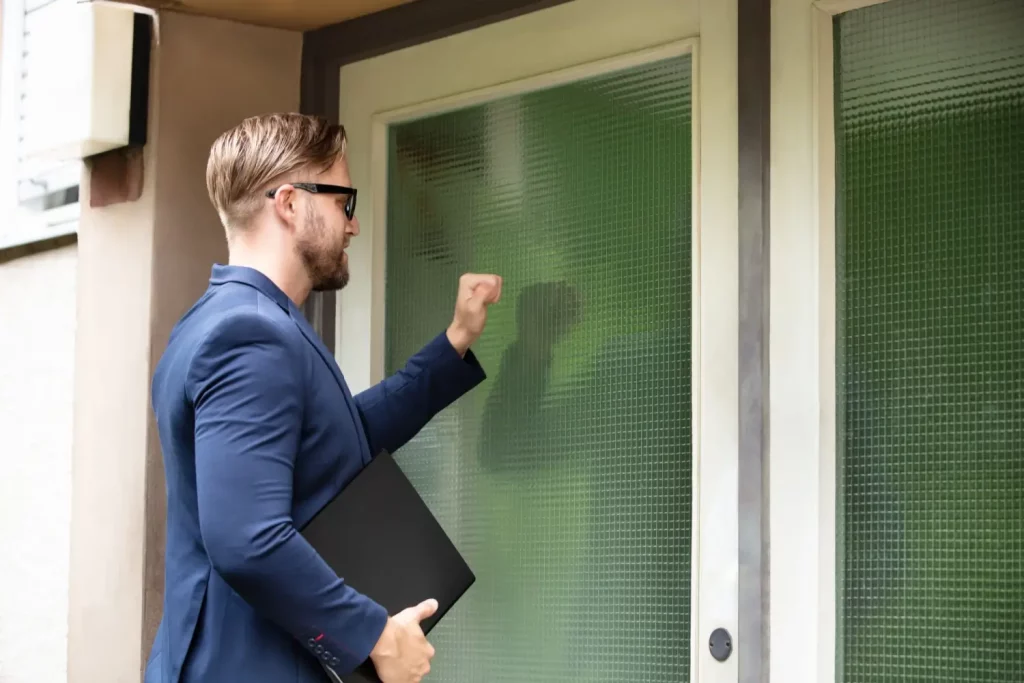This is the most common and always the first question we are asked. The cost of a consumer proposal is quite simply that is must be have a larger benefit to your creditors than a bankruptcy would. However, there are a couple very important thing that need to be kept top of mind:
- The rule of thumb is that a consumer proposal is only accepted by major banks with a 30% (or 30 cents on the dollar) payback offer;
- A proposal is an offer to your creditors – they get to vote over a 45-day period, with each dollar representing 1 vote. It takes 51% of the votes received to be in favour for a proposal to pass, otherwise we have to negotiate.;
- Different creditors vote differently – for example; in a situation where RBC is owed the most, they often ask for 50%, or more, payback, while TD will only send a vote if they represent 50% or more, they often vote yes for 30% payback;
- Payments are made by you for up to 60 months as opposed to a bankruptcy which is 21 or 36 months, so you may have to pay the same amount but have 2x or 3x the time to make those payments;
- Most banks won’t even look at a consumer proposal that is less than $115 for 60 months.
Key Takeaways
- But what’s involved in a consumer proposal?
- So, if a proposal must be better than a bankruptcy how do I know what I’d pay in a bankruptcy?
But what’s involved in a consumer proposal?
With our team by your side, the consumer proposal process doesn’t have to be confusing. Check out our video below for all the information you need.
So, if a proposal must be better than a bankruptcy how do I know what I’d pay in a bankruptcy?
This is far more complicated than a proposal. To simplify: the government sets an income level depending on the number of people living in your home. That threshold can be found here (link to https://www.ic.gc.ca/eic/site/bsf-osb.nsf/eng/br03249.html). If your family income is more than that you must pay 50% of every dollar above the amount for 21 months if it is your first bankruptcy or 36 months if it is your second or greater bankruptcy.
Additionally, there is a list of exemptions for assets, if your assets’ value exceeds that exemption limit, you must pay the amount above the exemption.
Complicated, right? Here’s 2 simple examples.
Example 1
- Jane has 2 kids. She earns $4000 after tax each month, and her children receive $1000 of Child Tax Benefit. She is divorced. She owns a car worth $10,000. She has $50,000 of debt. She has never been bankrupt before. She does not receive spousal or child support.;
- In a bankruptcy scenario we would start by calculating her surplus income:
- $5000 household income, three people living in the home.
- 5000-3433 (income-the government surplus income threshold for 3 people) =1567
- 1567*50%= $783.50
- $783.50 is her monthly payment for 21 months which totals $16,453.50
- Additionally, her vehicle value exceeds the exemption of $6600
- $10,000-6600=3400
- She would need to buy back the $3400 of vehicle value or the Trustee can sell the car to get that money
- The total bankruptcy benefit for the creditors is $19,853.50
Therefore, her proposal must be for more than $19,853.50. If we round it up to $20,100 and divide the payment over 60 months, she could make a proposal offer for $335.
Although her total payment exceeds the 30% rule, it is still a great offer, and is easier to handle for Jane than a bankruptcy payment would be. Jane saves 60% and pays no interest or penalties.
Example 2
Chris earns $2200 after tax per month. He is single, no kids. He has never been bankrupt before. He has no asset. He owes $27,000.
- In a bankruptcy scenario we would start by calculating his surplus income:
- $2000 household income, 1 person living in the home.
- 2200-2243 (income-the government surplus income threshold for 1 person) =-43
- Chris could actually earn $43 more per month before he has to worry about surplus income.
Therefore, we apply the 30% rule. 27,000*30%/60 months= $150 per month for 60 months. Chris saves 70% and doesn’t pay interest or penalties.
We’re here 24 hours, 7 days a week to help you establish this number. Reach out to us by clicking here or filling in the form below.
Read our guide – Can I Get A Loan While In A Consumer Proposal












